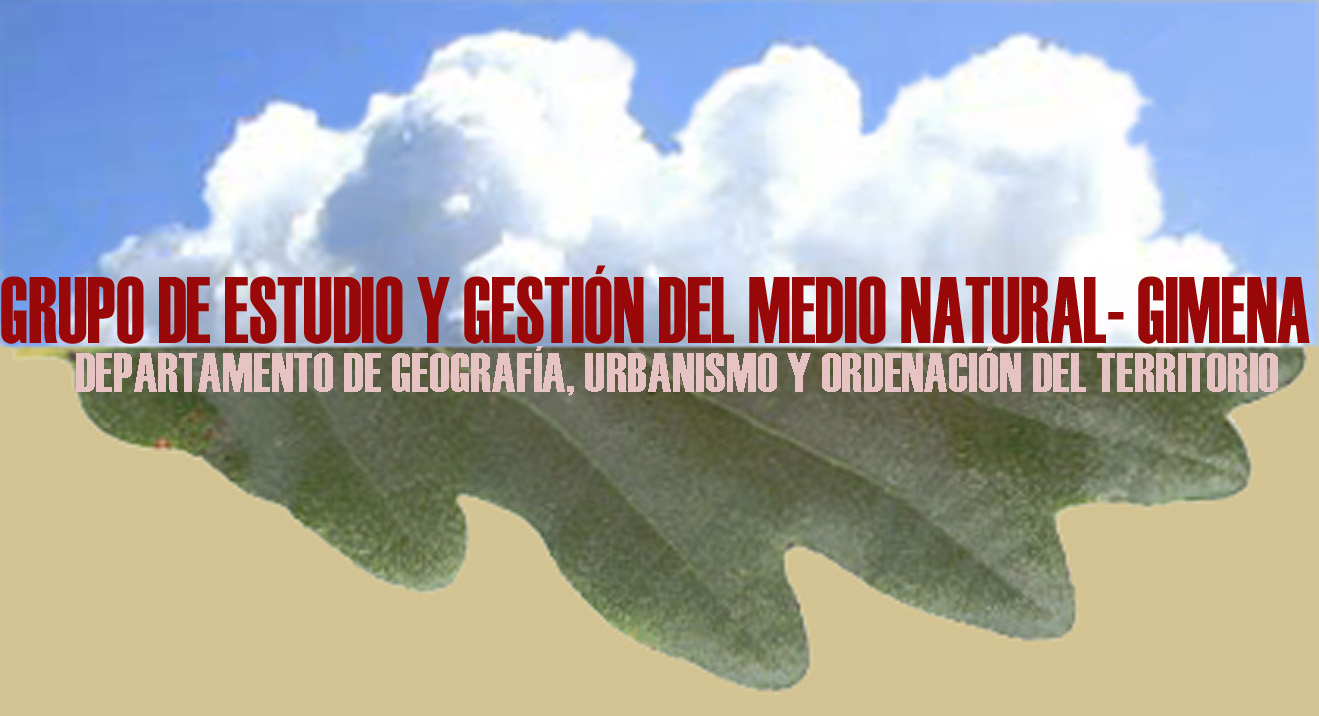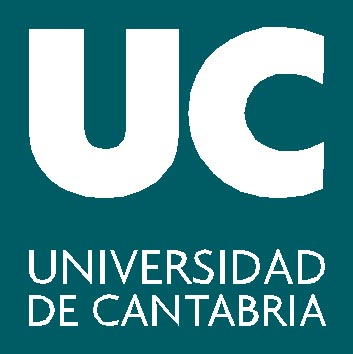
Research group
Department of Geography, Urban Studies and Land Planning- University of Cantabria (Spain)
MAIN PAGE
MEMBERS
RESEARCH
climatology
forest spaces, wildfires
natural risks
environmental change
management, landscape, heritage
NEWS
DOWNLOADS


Subproject 1.
SUMMARY
As the most western mountain areas, the mountain landscapes of the Cantabrian Mountains and Eastern Pyrenees are the result of a complex interaction system between the rural society and the environment where the fire plays an essential role. In an a priori environment unfavorable to fire because of climatic and biogeographic causes, fire has been continually used by successive groups of people as a tool either for land roturation and maintenance of pastures or as a way to pressure during the conflicts to become, due to their repetition, a determining factor in the genesis of landscapes and ecosystems in both regions.
This project aims to reconstruct and explain the historical evolution of
the causes, the spatio-temporal distribution and the relationship
between human activities and fires that occur in mountain areas of the
northern Iberian Peninsula through a comparative study of two areas of
similar characteristics and history. They are located in the Pallars
Sobirá and Valle de Arán (Lleida) and in the upper parts of the Nansa,
Saja and Besaya valleys in Cantabria.
The initial plan is based in the postulation that the environment
affects the patterns of cultural behaviors related to the recurrence of
forest fire. We propose to analyze an combined studied of environmental
sources (different sedimentary deposits of peat bogs) with historical
sources (documentary written and graphics). In this way, we intend a
combined environmental study of sources of information (sedimentary
charcoals, palynology, plant macroremains, diatoms, isotopes and heavy
metals) to provide data for the last 7000 years cal BP as weel as file
documentation (from Midle Age), periodicals library documents, (from
XIXth century) and different types of historical databases of forest
fires (from the middle of the XIXth century). The tests will be carry
out from a multiple perspective taking into account the behavior of both
regions since the Middle Ages to the present and they will be contrasted
with specific cultural periods of particular interest: the Neolithic,
Bronze/Iron Age and Romanization.
The comparison of the two areas, where human processes are close but not
always synchronous, facilitates the interpretation of results and the
discrimination among general processes and trends and those that have
been theresult of local anthropic actions.